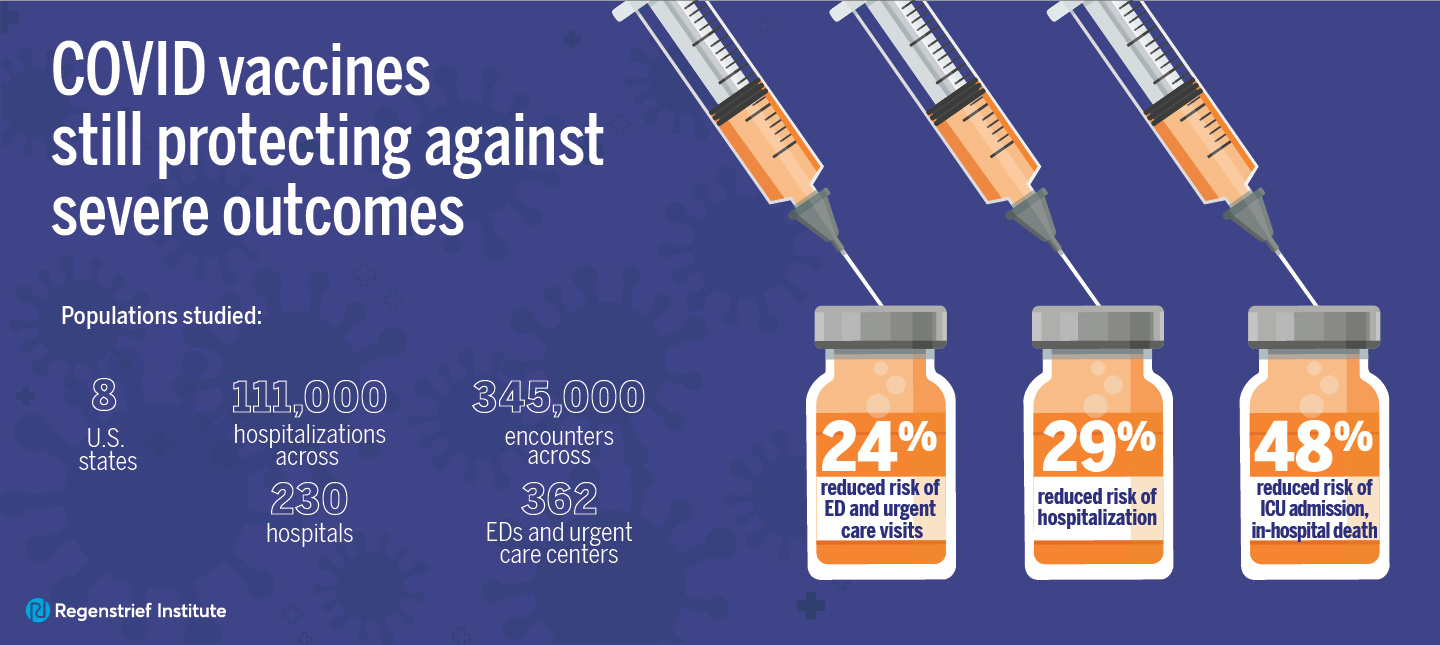Researchers call for electronic health records to be more active and interventional tools to improve care
INDIANAPOLIS – One of the first studies to compare the actual conversation between patient and clinician during a primary care appointment with the information subsequently entered by the clinician into the patient’s electronic health record (EHR) for accuracy and thoroughness has found significant disparities.
In the observational study, conducted at five Veterans Affairs clinics in the Midwestern U.S., comparing what was said during a primary care appointment with the information entered into the patient’s EHR after the visit revealed that discussions of most issues initiated by patients when meeting with their doctor or nurse practitioner were omitted from notes in the EHR. In addition, nearly half of the notes in the EHR referred to information or observations not found in the transcript of the actual medical encounter.
These bi-directional discrepancies between what happened during the visit and what was actually recorded in the EHR have important care implications for both patients and clinicians with potential to affect care and outcomes, according to Michael Weiner, M.D., MPH, a U.S. Department of Veterans Affairs, Regenstrief Institute and the Indiana University School of Medicine research scientist, who led the report. A health services researcher and primary care physician, his research focuses on the use of technology to improve patient safety and medical outcomes.
“The core job of the clinician is to understand the patient’s issues and then to organize them in a way that fosters an appropriate interpretation, diagnosis and, if needed, treatment plan,” said Dr. Weiner. “That process requires a transformation of what the patient is saying or doing and what the clinician finds upon examination into the clinician’s interpretation of all of those findings. In turn, all of this information should be recorded in the EHR.”
The research team recorded patient appointments with their primary care physician or nurse practitioner for a routine visit, checkup or a specific problem. Psychosocial issues were commonly brought up during these appointments. The researchers found that when the clinician-initiated discussion about these issues, 92 percent of notes in the EHR included them, but when the patient initiated discussion, only 45 percent did.
The researchers note that in addition to limited usability of EHR systems, reasons for omissions could include lack of recognition of the significance of a problem by clinicians, forgetfulness while writing notes, insufficient time to complete records accurately and thoroughly; belief that the issue had already been addressed; or prioritization of other concerns. Decreasing the time between the medical visit and writing notes in the EHR may be one means to improve both thoroughness and accuracy.
“The electronic health record (EHR) is the de facto means of ensuring continuity of care for patients,” said study senior author Richard M. Frankel, PhD, of Regenstrief Institute and the IU School of Medicine. “In an era in which face to face communication between physicians has given way to communicating via devices such as computers and smart phones, the accuracy and completeness of the record of care takes on additional importance.
“Our findings suggest that better alignment and education about what’s said and what’s documented in the EHR will ensure that both the quality of the care being delivered and attention to the human dimension of the patient’s biological, psychological, and social needs are present and accounted for.”
For more than a quarter century Dr. Frankel has studied doctor-patient communication, medical professionalism and the use of health information technology during and after medical appointments. Among the studies he has published are “The thrill is gone: Burdensome electronic documentation takes its toll on physicians’ time and attention” (Journal of General Internal Medicine 2019) and “You and me and the computer makes three: variations in exam room use of the electronic health record ( Journal of the American Medical Informatics Association — JAMIA 2014).
The new study concludes, “Although EHRs have matured in certain ways, they may also contribute to a range of errors from minor to egregious. Improvements to documentation should consider the roles of the EHR, patient, and clinician together. Increasingly, documentation itself should become an active and interventional tool to improve care, instead of a passive means to archive an encounter.”
“Accuracy, thoroughness, and quality of outpatient primary care documentation in the U.S. Department of Veterans Affairs” is published in BMC Primary Care. The study was funded by U.S. Department of Veterans Affairs grant HX002519 (Richard Frankel, PhD, principal investigator).
Regenstrief Institute co-authors, in addition to Drs. Weiner and Frankel, are research scientists Nicholas Rattray, PhD, and April Savoy, PhD, and Affiliate Scientist Ann Cottingham, MAR, M.A.
All Authors and affiliations as noted in paper:
Michael Weiner1,2,3, Mindy E. Flanagan4, Katie Ernst5, Ann H. Cottingham6, Nicholas A. Rattray4,7,6, Zamal Franks4, April W. Savoy4,6,8, Joy L. Lee9, Richard M. Frankel4,7,6
- 1Center for Health Information and Communication, Department of Veterans Affairs, Health Systems Research, Veterans Health Administration, Richard L. Roudebush VA Medical Center, CIN 13 416, Indianapolis, IN, USA.
- 2Department of Medicine, Indiana University School of Medicine, Indianapolis, IN, USA.
- 3Indiana University Center for Health Services Research, Regenstrief Institute, Inc, 1101 West 10th Street, 46202-4800, Indianapolis, IN, USA.
- 4Center for Health Information and Communication, Department of Veterans Affairs, Health Services Research and Development Service, Veterans Health Administration, Richard L. Roudebush VA Medical Center, CIN 13 416, Indianapolis, IN, USA.
- 5Applied Decision Science LLC, Cincinnati, OH, USA.
- 6Indiana University Center for Health Services and Outcomes Research, Regenstrief Institute, Inc, 1101 West 10th Street, 46202-4800, Indianapolis, IN, USA.
- 7Department of Medicine, Indiana University School of Medicine, Indianapolis, IN, USA.
- 8Purdue School of Engineering and Technology, Indiana University-Purdue University Indianapolis, Indianapolis, IN, USA.
- 9Department of Population and Quantitative Health Sciences, University of Massachusetts Chan Medical School, Worcester, MA, USA.
Michael Weiner, M.D., MPH
In addition to his role as a research scientist with the William M. Tierney Center for Health Services Research at Regenstrief Institute, Michael Weiner, M.D., MPH, is an investigator at the U.S. Department of Veterans Affairs Health Service Research and Development Center for Health Information and Communication, Richard L. Roudebush VA Medical Center. Dr Weiner is also a professor of medicine at the Indiana University School of Medicine.
Richard M. Frankel, PhD
In addition to his role as a research scientist with the William M. Tierney Center for Health Services Research at Regenstrief Institute, Richard M. Frankel, PhD, is an affiliate investigator for the U.S. Department of Veterans Affairs Health Services Research and Development Center for Health Information and Communication, Richard L. Roudebush VA Medical Center. Dr. Frankel is also a professor of medicine at the Indiana University School of Medicine.










